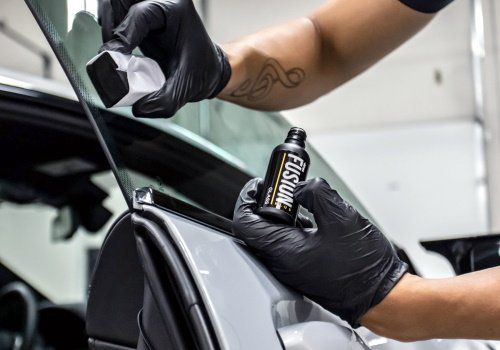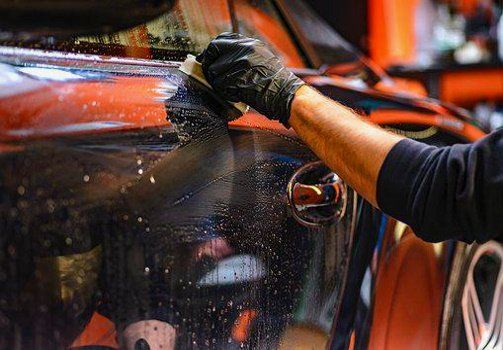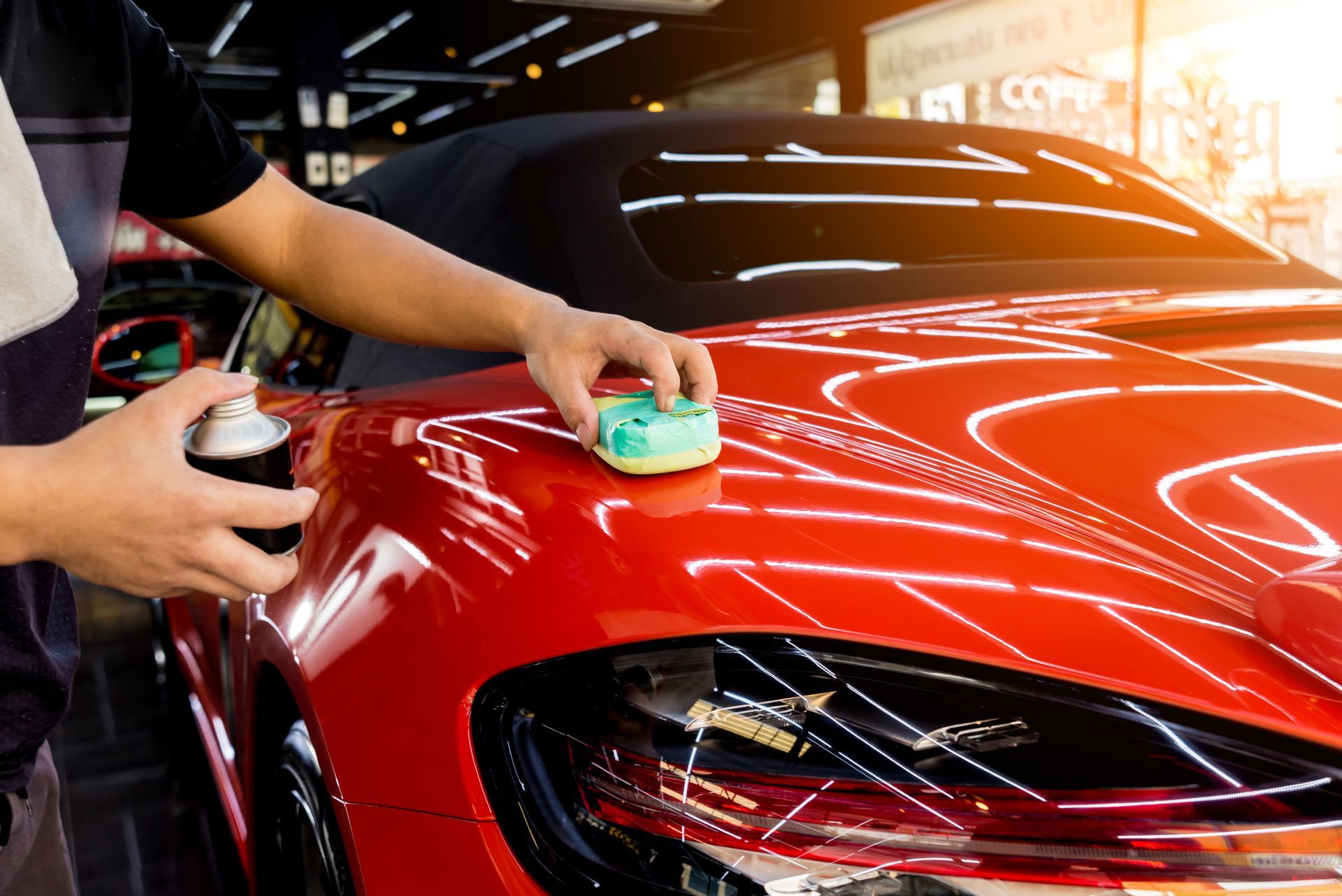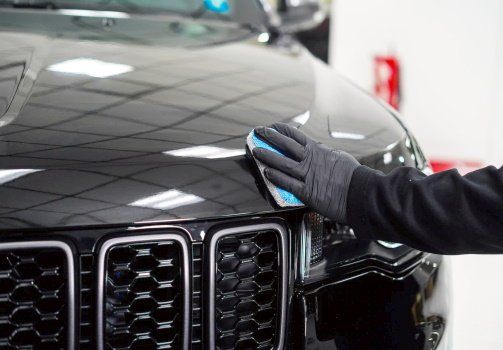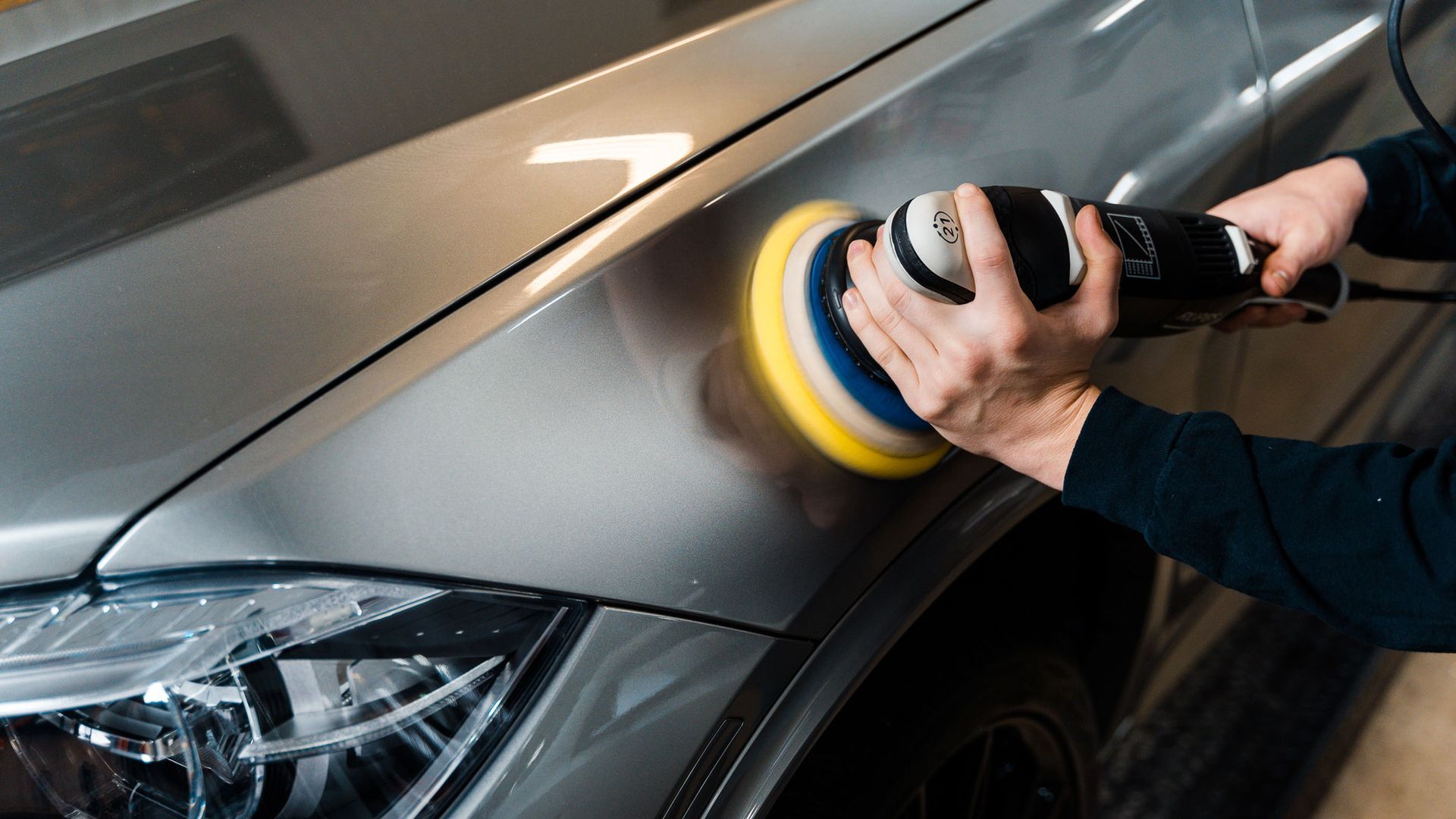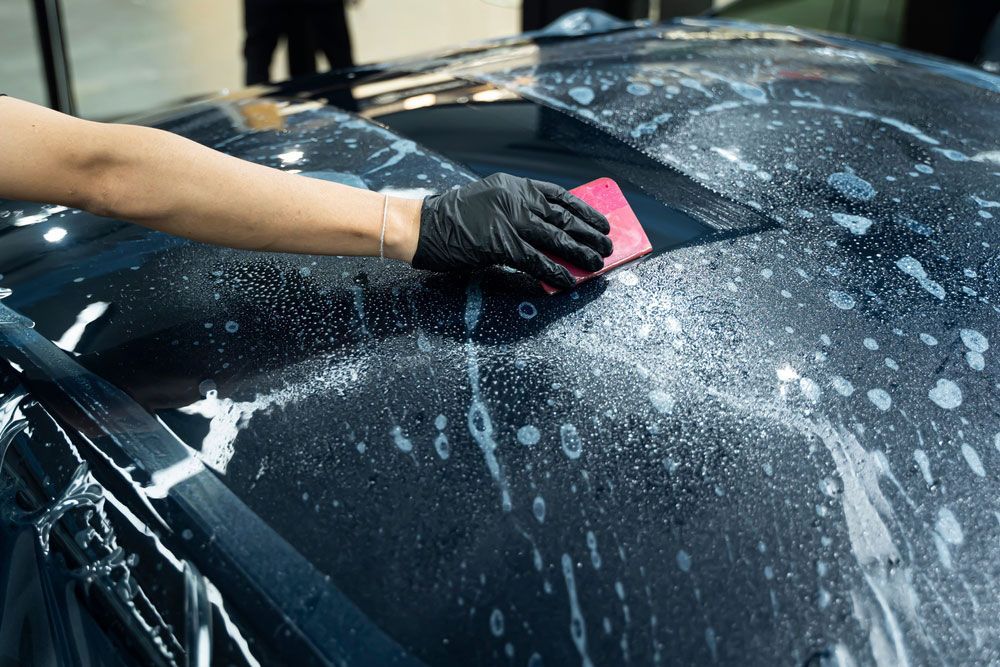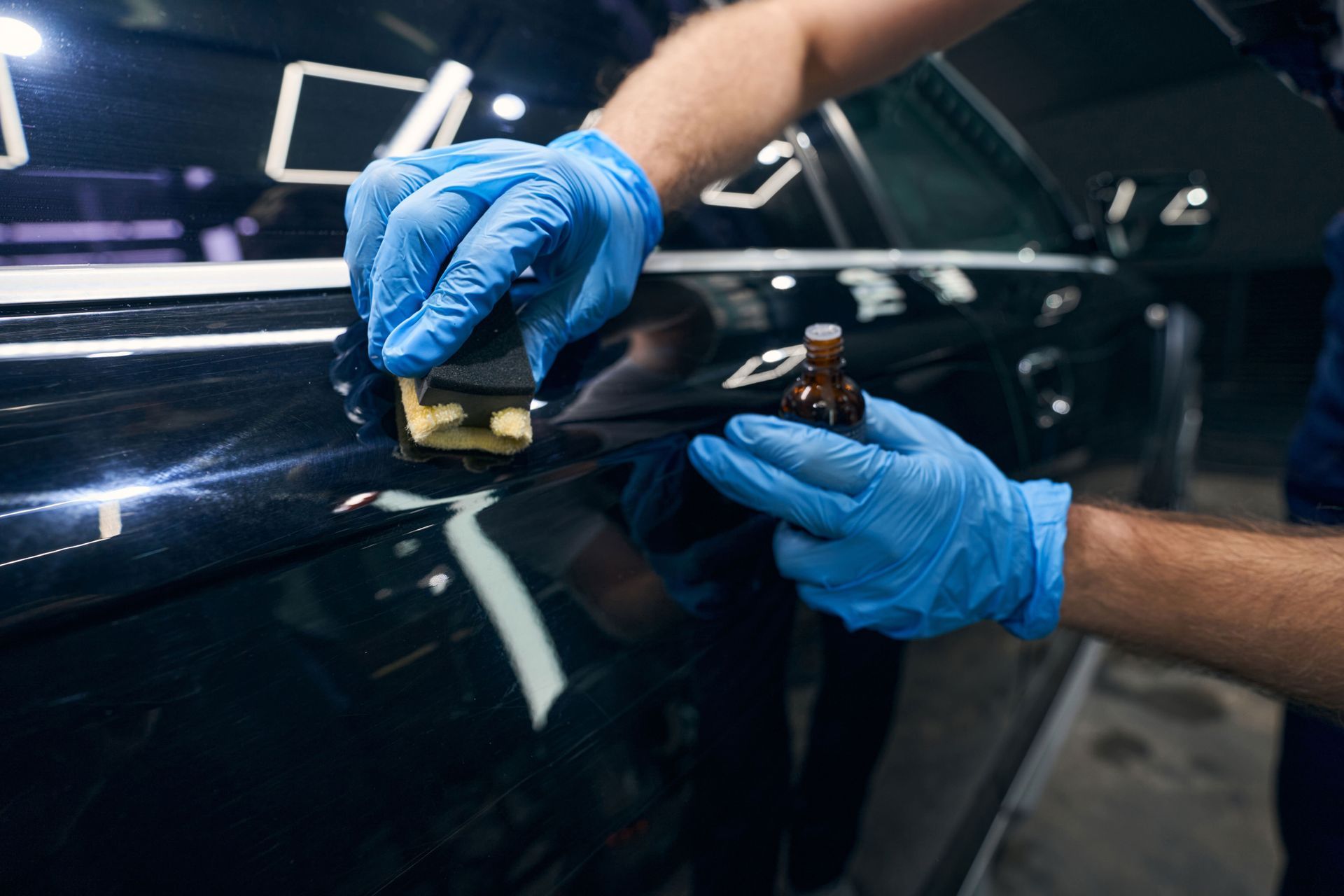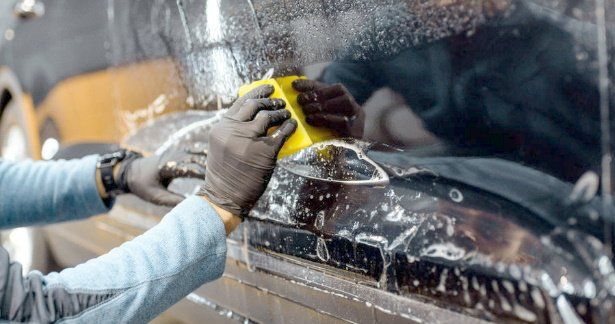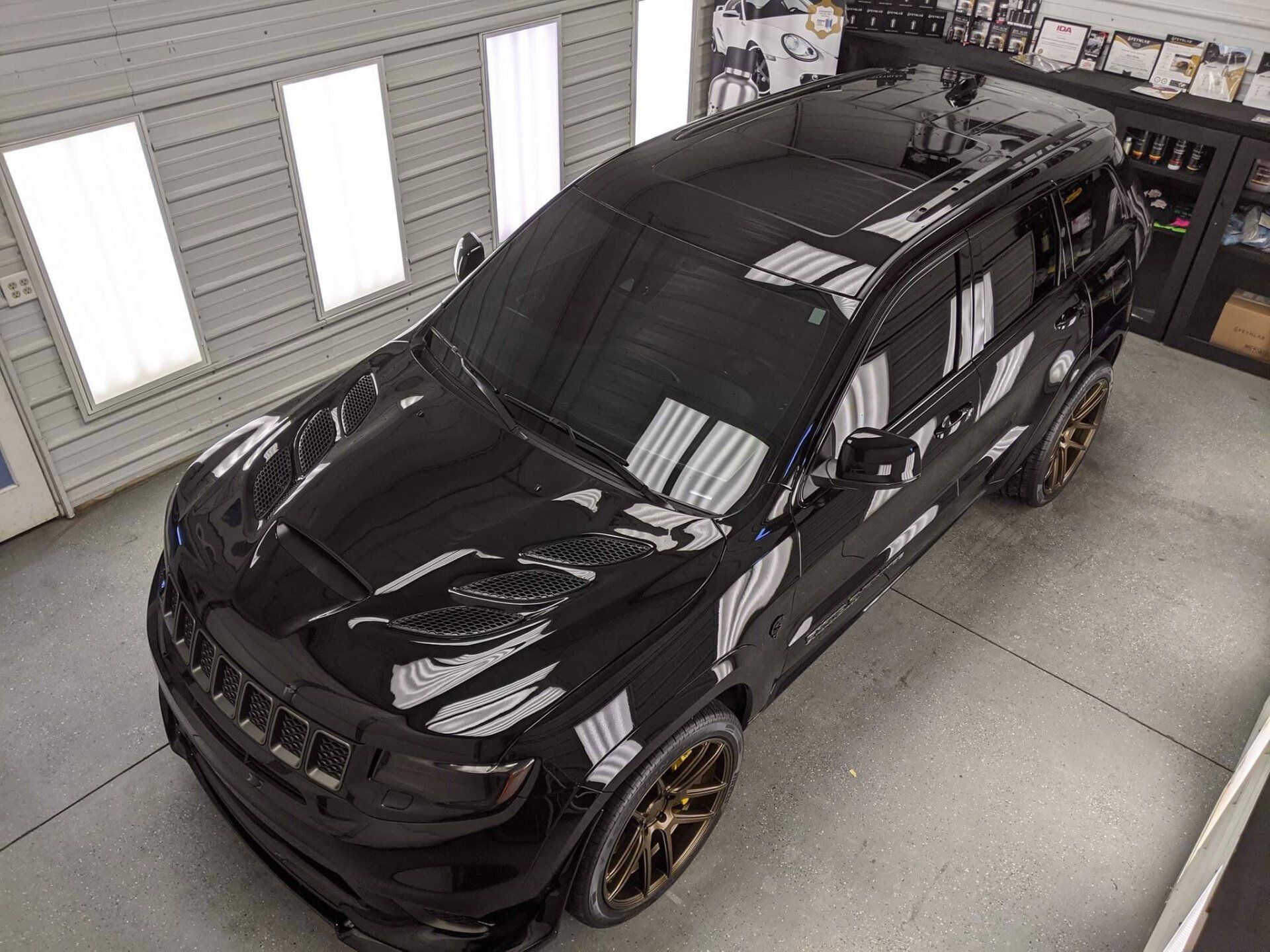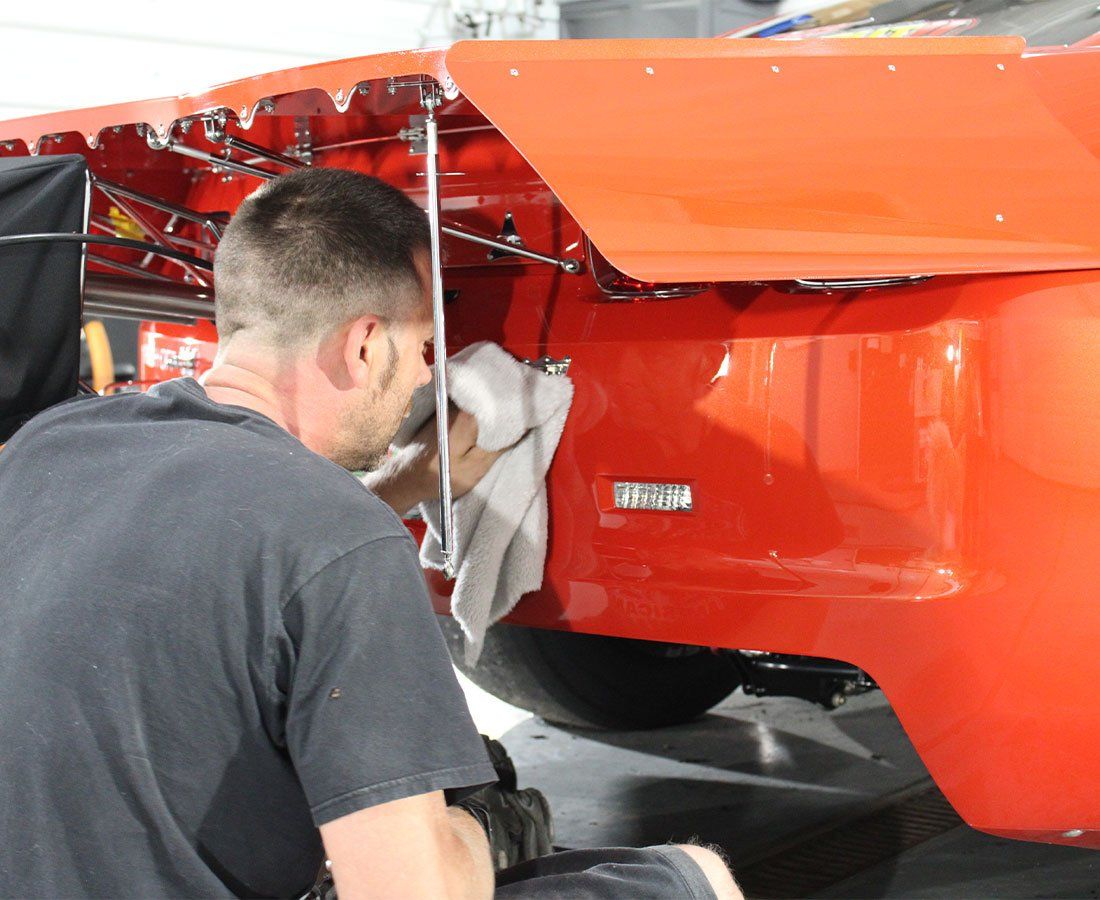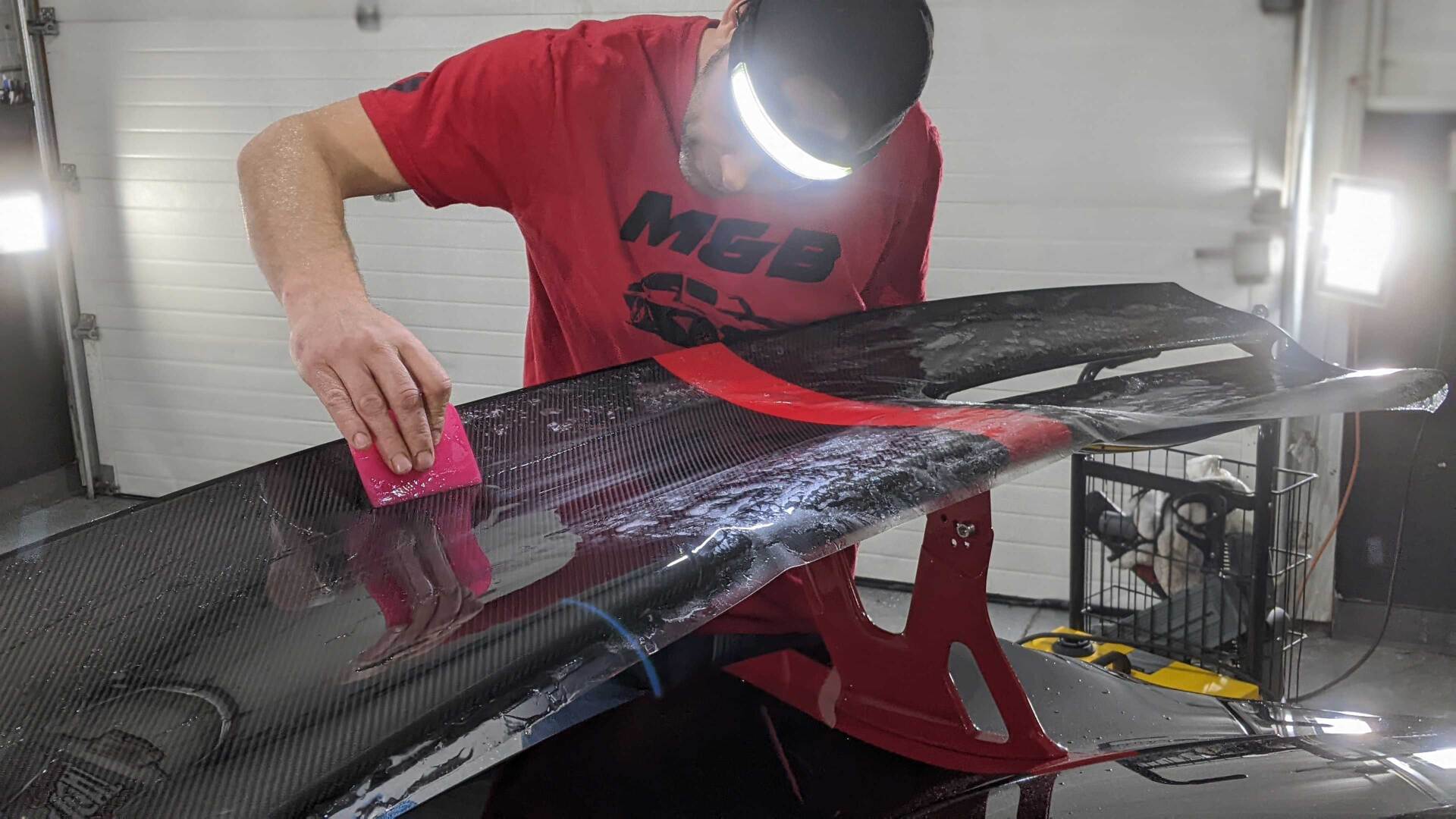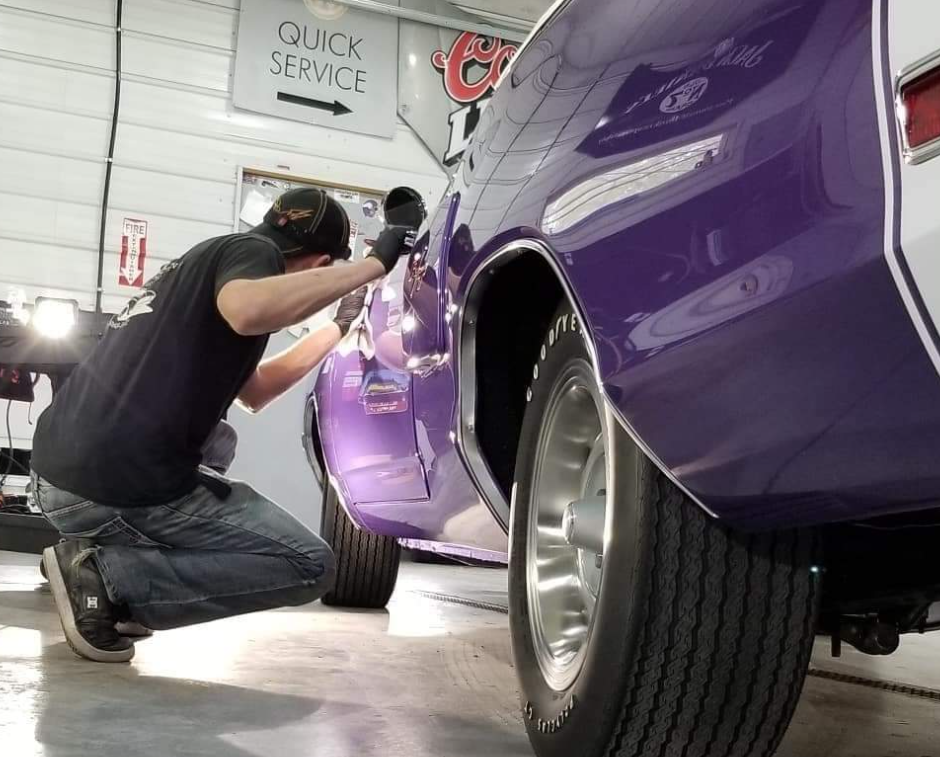Best Ceramic Coating for Cars: Essential Qualities Explained
When it comes to keeping your car looking new, ceramic coatings are the superhero you didn't know you needed. Imagine a tough shield that helps your car's paint resist minor scratches, dirt, and harmful UV rays. It's not just about making your vehicle shiny; it's about protecting your investment. As someone who's explored the best options on the market, I've learned that selecting the right ceramic coating can save you time on maintenance while keeping your ride looking sharp for years. So, what exactly should you look for when choosing the best ceramic coating for your vehicle? Let’s dive into the essential qualities that make these coatings stand out.
The best ceramic coating for cars is characterized by its durability, protection against environmental hazards, ease of application, and resistance to UV damage. Additionally, high-quality coatings should bond effectively with the vehicle's paint, offer long-lasting results (ideally between five and eight years), and provide a glossy finish that enhances the car's appearance while requiring minimal maintenance.
What is Ceramic Coating?
Ceramic coating is essentially a liquid polymer designed to be applied directly to your vehicle’s exterior surfaces. When applied correctly, ceramic coatings bond chemically with the factory paint, creating a robust protective layer that acts as a second skin—though one that's far more resilient and effective than any layer of wax. This bonding process means that the coating isn’t merely sitting on top of the paint; rather, it is integrated into the vehicle's surface, enhancing its durability significantly.
Composition and Benefits
The strength of ceramic coatings lies in their composition. They are predominantly made from silicon dioxide (SiO2), often derived from natural sources like quartz or sand. This key ingredient contributes to the hydrophobic properties of the coating, meaning that water beads off rather than sitting on the surface and creating unsightly spots. Imagine the satisfaction of seeing rainwater roll off your car like beads of mercury—this hydrophobic quality not only helps keep your vehicle looking clean but also reduces water spots and dirt accumulation over time.
Unlike traditional waxes or sealants, which break down over time and require frequent reapplication, high-quality ceramic coatings can last several years—typically between two and seven years—if applied properly. Some premium products even boast warranties that extend up to ten years! This durability makes ceramic coatings not just an upgrade but a worthwhile investment for any car owner looking to protect their vehicle's aesthetic appeal and resale value.
It’s important to note that while ceramic coatings offer superb protection, achieving long-lasting results requires meticulous application and preparation.
Understanding what ceramic coating is—and how it differs fundamentally from traditional methods—helps clarify why this modern solution has gained immense popularity among car detailers and enthusiasts alike. Not only does it provide exceptional protection against environmental damage like UV rays and contaminants, but it also significantly enhances the visual appeal of your vehicle, giving it that showroom shine that turns heads on the road.
This exploration sets the stage for a deeper understanding of advanced materials and technologies that enhance these remarkable protective qualities.
Key Elements of Nanotechnology
At the heart of ceramic coatings is the wonder of nanotechnology, which involves particles so small that they can’t even be seen with the naked eye. These nanoparticles are critical because they fill in tiny pores and imperfections in your car's paint, creating an exceptionally smooth and uniform layer.
When applied correctly, these particles chemically bond at a molecular level to the paint, forming a robust shield against environmental hazards. This binding process leads to the creation of an extremely hard surface that significantly increases durability and enhances performance.
Understanding Nanoparticles
Nano-coatings are made up of tiny particles that work like microscopic soldiers defending your car's surface. These particles have unique properties: they are incredibly hydrophobic, meaning they repel water efficiently, as well as dirt and contaminants.
Imagine driving through rainfall—the right ceramic coating will cause the rain to bead up on your vehicle's surface and roll right off, much like water would slide off a freshly waxed car but last for much longer. In fact, it's this intense level of protection that distinguishes ceramic coatings from traditional waxes.
However, the magic doesn’t stop there; let's explore another incredible feature brought forth by nanotechnology—self-cleaning properties that save you valuable time and effort.
Self-Cleaning Effect
In practice, this means that when it rains or when you wash your car, water droplets pick up dirt particles along their path, sweeping away grime and leaving behind a cleaner surface. The self-cleaning effect provided by quality ceramic coatings significantly reduces how frequently you need to give your car a thorough wash. You gain not only aesthetic benefits but also practical advantages, which is particularly appealing for those who want their vehicles to look sharp without committing considerable time to maintenance.
As the popularity of nanocoatings grows within the automotive detailing world, it's vital to understand their exceptional qualities and how they transform the way we think about car care. Examining specific factors contributing to durability will provide further insights into enhancing your vehicle’s longevity and appearance.
Criteria for Durability and Longevity
A significant attraction of ceramic coatings is their promise of lasting protection, which exceeds that of traditional options like waxing. What sets these coatings apart? It largely boils down to their formulation and the meticulous application process involved. High-quality ceramic coatings can last anywhere from two to seven years, with some premium products even offering warranties that extend up to ten years. When it comes to protecting your vehicle, choosing the right ceramic coating can mean the difference between a carefree shine and a frequent polishing chore.
To begin with, consider the quality of materials. The best ceramic coatings are made from advanced formulations that include silica dioxide (SiO2) and titanium dioxide (TiO2). These components not only create a durable shield against minor scratches and minor abrasions but also contribute to the hydrophobic properties of the coating. This means water beads off easily, reducing dirt accumulation and making maintenance a breeze.
While product quality is paramount, the actual application method is equally critical in determining the coating's longevity.
Application Precision
Proper application techniques ensure that the coating adheres correctly to the surface, creating that strong chemical bond essential for long-lasting protection. This begins with thorough preparation; any contaminants left on the paintwork can drastically affect how well the coating sits on the surface. Detailers often spend significant time washing, clay barring, and even polishing before applying a ceramic coating. This meticulous approach pays dividends down the line as a clean surface allows for ideal bonding conditions.
Another critical aspect to consider is how well these coatings stand up against environmental factors.
Resistance to Chemicals
The top-rated ceramic coatings boast remarkable resistance to common hazardous substances like bird droppings, tree sap, and acidic rain—elements notorious for marring automotive paint over time. Such resilience is essential because these contaminants can etch or dull your car's finish if left unaddressed. A robust ceramic coating forms a strong barrier that minimizes damage from these agents.
An often overlooked factor in assessing a ceramic coating’s durability is its ability to maintain protective qualities through regular wear and tear.
Long-Term Performance
Quality matters immensely; seasoned detailers know there’s a direct correlation between initial investment and long-term performance. Coatings designed with superior technology typically come equipped with enhanced features that resist degradation over time compared to those found on lower-tier products. Furthermore, user experiences shared across forums highlight that durability isn’t just about time—it’s about maintaining aesthetic appeal throughout its lifespan.
By keeping these criteria in mind—product quality, precise application methods, chemical resistance, and long-term performance—you equip yourself with not just knowledge but also insight into making informed decisions when selecting a ceramic coating for your vehicle. Each factor plays a pivotal role in delivering the durable and long-lasting outcomes car owners desire.
With an understanding of these essential qualities locked down, it's now time to explore the intricate details of how proper application can enhance these factors significantly.
Application Techniques and Finish Quality
The application process of a ceramic coating is indeed a dance of precision and care. Getting it right not only maximizes the coating's effectiveness but also ensures your vehicle boasts that coveted glossy finish. Every step contributes to the overall outcome.
Assuming you're applying at home, ensure your workspace is clean and free from dust. This often-overlooked step can make or break your results. A controlled environment leads to fewer contaminants landing on your freshly coated surfaces. If possible, use a garage or well-ventilated area to regulate temperature and humidity.
Step-by-Step Application Guide
The initial preparation stage is critical. First, give your car a thorough wash. This means not just soap and water—consider using a clay bar afterward to decontaminate your paint surface. A clay bar will help remove anything stuck in the paint, such as tree sap or industrial fallout, ensuring a smooth base for the ceramic coating. After all, you wouldn’t want imperfections peeking through after you've done all that hard work.
Next comes polishing. This is where precision shines through (pun intended). Buff out any surface imperfections: swirl marks, minor scratches—anything that diminishes the visual appeal of your paintwork needs attention. Polishing preps the surface for bond creation with the ceramic coating, which is vital for durability.
Keep an eye on curing time too! That's when the magic happens—the coating begins bonding with your vehicle’s exterior surfaces. Be prepared for this step to take anywhere from a few hours to a couple of days, depending on the product's specifications and environmental conditions. During this time, avoid washing your car or exposing it to rain; think of this period as your vehicle's time in a cozy blanket—staying safe and sound.
Finally, don’t skip the last inspection! Walk around your car and check for missed spots or uneven areas where you applied more product than necessary (sometimes called high spots). These can affect not only aesthetics but also coating durability. Level them out using the applicator again if needed.
Following these guidelines ensures an impressive finish that enhances both aesthetics and protection, paving the way for understanding how different coatings stand against various environmental challenges.
Environmental Resistance of Coatings
Environmental resistance encompasses the ability of a ceramic coating to endure the harsh realities of the elements, ensuring that your car stays protected from various attacks it faces daily. With the varying climates and conditions we encounter, it’s essential to understand how coatings perform under stressors such as extreme temperatures, UV exposure, and harsh chemicals. These factors influence how well your car's paint maintains its integrity over time.
Temperature Resistance
Temperature extremes can wreak havoc on unprotected vehicles. A coating designed to withstand high temperatures—up to 1,200°F—can prevent damages from heat generated by sunlight or the engine itself. Cheaper coatings often fail when exposed to elevated temperatures, leading to peeling or deterioration. Well-engineered products maintain their structure even under duress, extending their lifespan and providing enduring aesthetic appeal.
Chemical Resistance
An effective ceramic coating must excel in its ability to withstand chemical attacks. Vehicle surfaces are typically bombarded by contaminants like acid rain, bird droppings, sap, and road grime. A high-quality ceramic coating will resist etching and staining through chemical interactions that could damage or degrade the surface.
To illustrate this point further: coatings rated for high chemical resistance typically report fewer user complaints about staining and fading after extended exposure to adverse conditions. Many users have noted improved maintenance frequency when utilizing products specifically designed for durability.
UV Resistance
One of the most notable aspects of environmental resistance is UV protection. Prolonged exposure to sunlight causes paint oxidation—a situation that leads to dullness over time. A robust ceramic coating acts as a UV barrier, maintaining not just the paint’s color but also its gloss over time. Coatings offering 99% UV protection have been reported by users to substantially delay color fading—benefits particularly appreciated by luxury vehicle owners.
Ultimately, whether you're a professional detailer seeking high-quality solutions for clients or an auto enthusiast wanting the best for your vehicle, conducting thorough research on these brands will enhance your purchase experience. The importance of aligning your choice with not only your specific needs but also with future maintenance considerations cannot be understated—it’s about achieving functionality without breaking the bank.
If you're ready to protect your vehicle with the best ceramic coatings available, visit
M&B Paint Correction and Auto Reconditioning or call us at (612) 868-1022 today!

